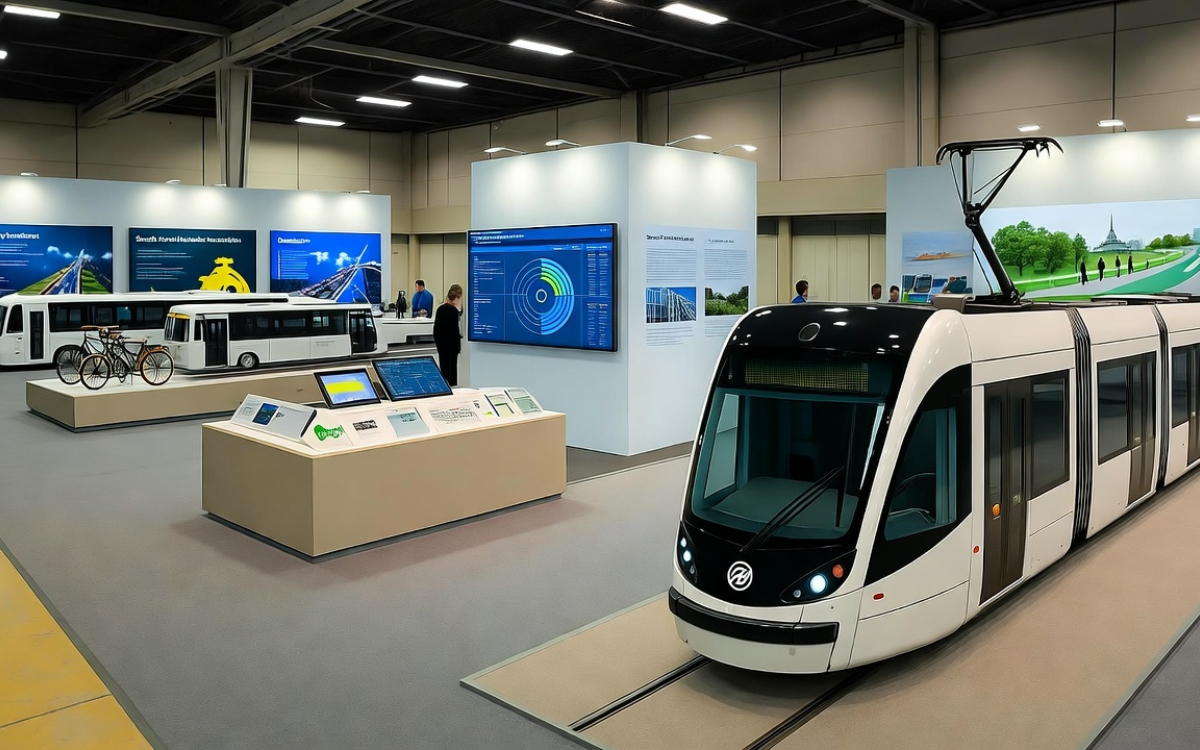


GTFS and DRT: stop cannibalising each other

Well-coordinated Demand-Responsive Transit (DRT) and fixed bus lines can significantly enhance the efficiency and accessibility of public transportation. While DRT offers flexibility and convenience, its integration with fixed routes requires careful planning to avoid redundancy and competition. There are several key strategies that can empower both systems and align them with transit agencies' mobility goals.
DRT is a great add-on to fixed bus lines, although when they share the same area of service, its flexibility and convenience can impede demand on fixed routes. How can we ensure that both systems are coordinated to empower each other to meet transit agencies’ mobility goals?
Usually, DRT is deployed as a complement to the transport network, reaching those areas or times where the demand is too low or too sparse to be covered by a regular service. However, DRT and fixed-line buses may offer complementary transport solutions for some rides. A reasonable concern from transit agencies is that the trips a regular line can provide should not be available as an on-demand service.
The Shotl platform is able to import fixed-line transit information in the standard GTFS format and, for every DRT request, check if a fixed bus line can reasonably cover such a trip. If so, the passenger app indicates the name of the line to take, where the closest pickup spot is located, and when the bus will arrive.
GTFS has become a widely adopted standard in the transportation industry, allowing developers to create applications that can integrate with existing systems and display transit information from diverse sources. This standardization enhances the accessibility and usability of public transportation data, ultimately benefiting both transit agencies and the passengers they serve.
In conclusion, the coordination of DRT and fixed bus lines demands a holistic strategy encompassing technological integration, dynamic scheduling, well-defined service boundaries, unified fare systems, and effective communication. By implementing these strategies, transit agencies can ensure that both systems empower each other, maximizing their collective impact on meeting the diverse mobility needs of the community.
Popular posts
25.11.18
Shotl triples ridership demand
On August 1st, Shotl launched in Vallirana, a residential municipality on the outskirts of Barcelona. Now, after just four months of service feedback points towards unprecedented success.
Adrià Ramírez
27.10.25
Shotl at Smart City Expo 2025
Shotl will attend Smart City Expo World Congress 2025 in Barcelona to connect with mobility leaders, share insights on demand-responsive transport, and explore new collaborations for smarter, more sustainable urban mobility.
Rocío Goldín
28.12.20
Happy 100 posts
We are proud to have achieved the goal of publishing content each month that both informs about Shotl’s progress as well as summarises experiences and opinions.


